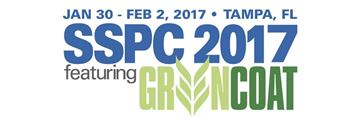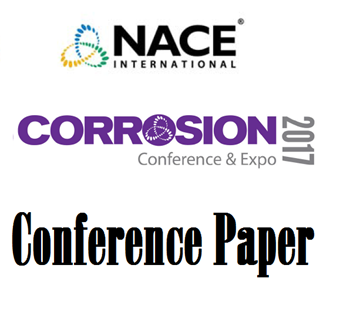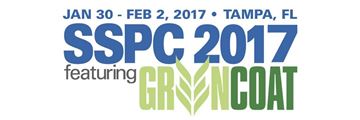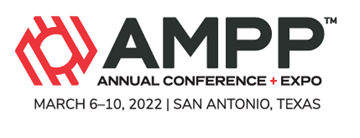Search
Individual Conference Papers
View as
Sort by
Display
per page
The Atlanta Hyatt Restoration: An unlimited range of color and texture for concrete utilizing masonry staining.
Product Number:
41208-419-SG
Publication Date:
2008
$20.00
The Basis of Decision - Models in the Making
Product Number:
41214-855-SG
Publication Date:
2014
$20.00
The Benefits and Use of Fluropolymer Coatings
Product Number:
51219-178-SG
Publication Date:
2019
$20.00
The Benefits of Digitalization: a Case Study with Champion Painting
Product Number:
51220-249-SG
Publication Date:
2020
$20.00
The Benefits of Steel Grit Blasting and Recycling
Product Number:
51217-074-SG
Publication Date:
2017
$20.00
The Caruthersville Bridge: Challenges of a Calcium Sulfonate Alkyd System
Product Number:
41210-572-SG
Publication Date:
2010
$20.00
The Case Against Galvanized Piping in Domestic Water Systems
Product Number:
51317--9398-SG
ISBN:
9398 2017 CP
Publication Date:
2017
$20.00
The Case Study of Foul Release Coating Application & Its Key Issues for Shipbuilding Industries
Product Number:
41214-812-SG
Publication Date:
2014
$20.00
The Cavitation Corrosion Behaviour of a Cobalt-Based Alloy in Seawater
Product Number:
51324-21122-SG
Publication Date:
2024
$40.00
The Challenge of Balancing Adhesion and Corrosion Resistance in Waterborne Styrenated Acrylic Direct to Metal (DTM) Resins
Product Number:
51217-034-SG
Publication Date:
2017
$20.00
The Challenges of Replacing Conventional Thermal Insulation with Insulation Coatings to Eliminate Corrosion Under Insulation (CUI)
Product Number:
51323-19519-SG
Publication Date:
2023
$20.00
The Change Of Corrosion Inhibition Behavior Of Tetradecyl Phosphate Ester At Elevated Temperatures
Product Number:
51322-18053-SG
Publication Date:
2022
$20.00












